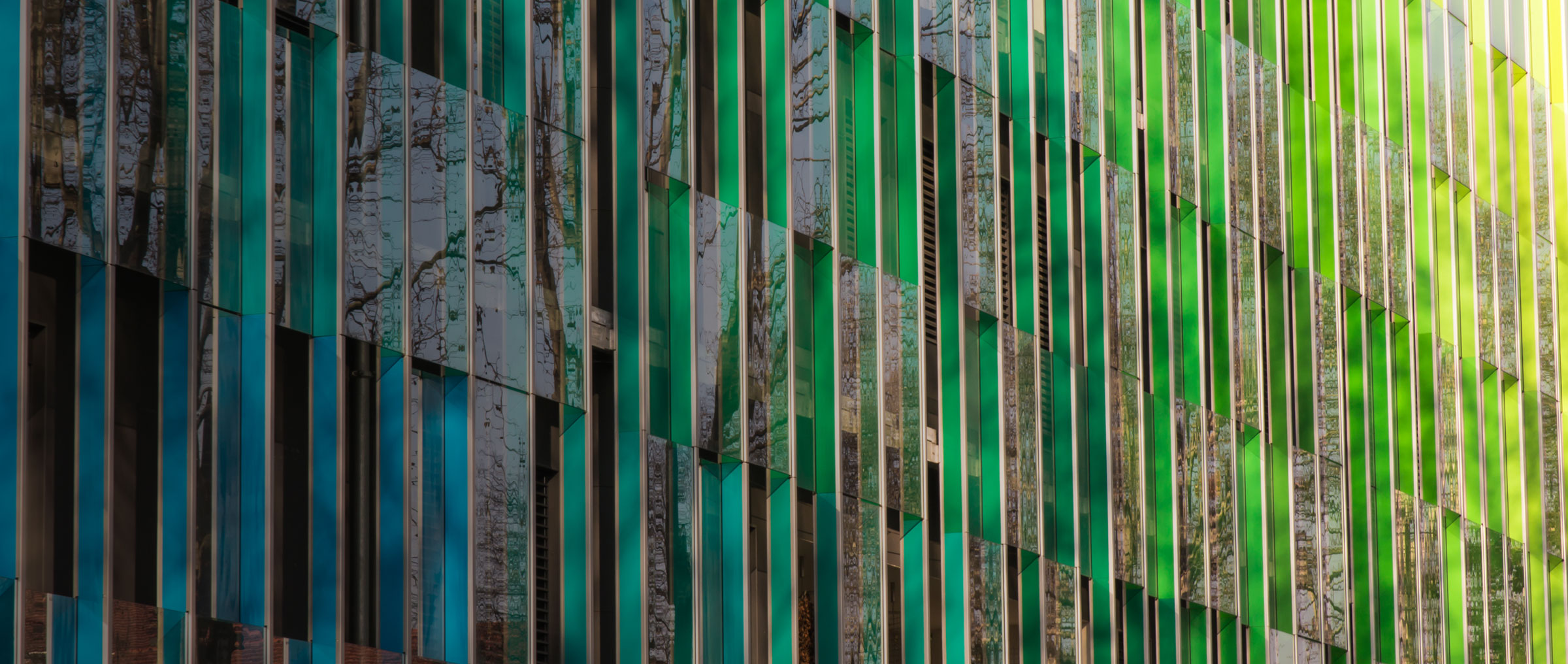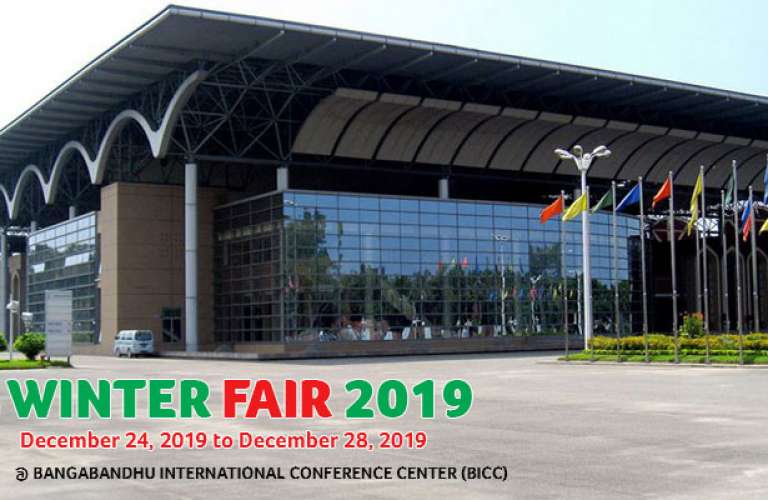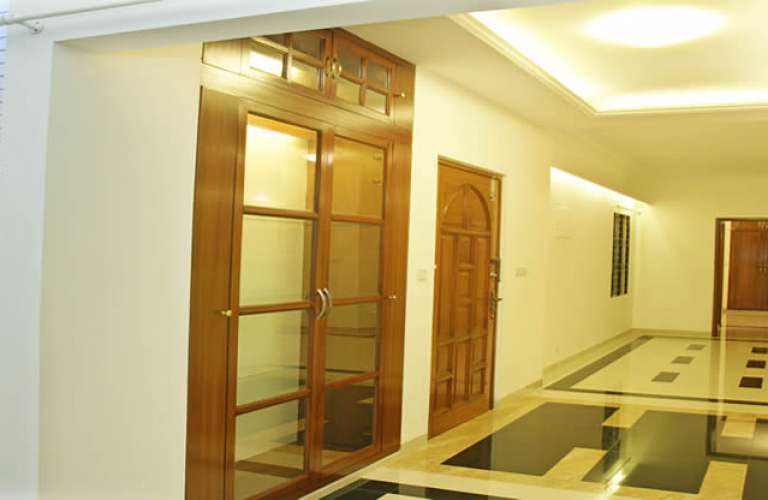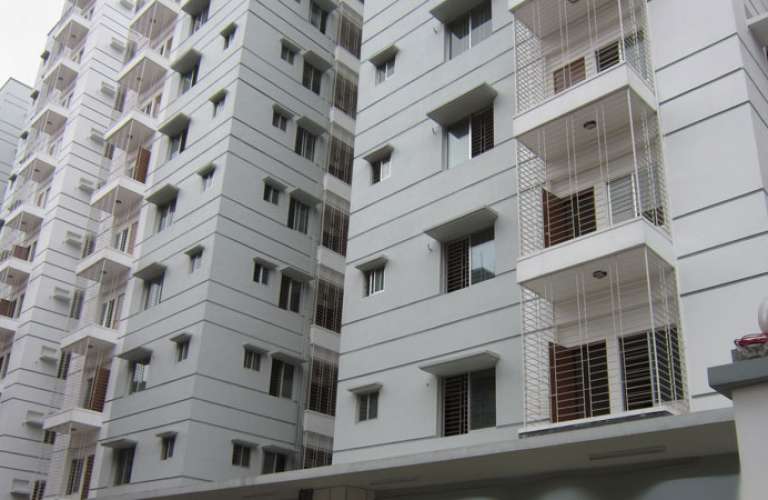Real Estate News

With the need for renewable energy sources pressing, buildings need to be green. Proving that green can be gorgeous, these 7 buildings are marvelous examples of sustainability that will drop jaws as well as carbon. Today, we are going to learn about the most amazing Green Buildings Around the whole world.
The Bullitt Center built by the Bullitt Foundation, a Seattle-based nonprofit group that focuses on urban ecology was officially opened on Earth Day, 2013. It is certified as one of the world's 21 Living Buildings, i.e. the building generates as much energy as it consumes; supplies its own water, and processes its own sewage. The rooftop solar panels produce more power than is consumed. Two years since it was occupied, the building's energy-efficiency is commendable; with the building generating 60% more energy than it used.
NuOffice in Munich, Germany was commissioned by Haupt Immobilien, and created with the help of European-funded research group DIRECTION and the Fraunhofer Institute for Building Physics. NuOffice was awarded the LEED Platinum certification - the highest rating ever issued by the body for a building of its type. NuOffice is equipped with a photovoltaic solar system covering most of the building's roof, and its triple-glazed windows provide excellent insulation. Radiant heating and cooling systems, which are connected to a complex district heating system in the basement keep energy usage low and the interior comfortable. The building's inner courtyard design creates natural cross-ventilation and allows sufficient daylight on both the inside and outside.
One Angel Square is the head office of the Co-operative Group Housing. Built in 2013, it has been awarded an "Outstanding" Building Research Establishment Environmental Assessment Methodology (BREEAM) rating. Sustainable features of the building include a high performance, double-skinned facade, earth tubes for heating and cooling, rainwater harvesting and a future-proof sensor that will help the building anticipate a three to five-degree increase in summer temperatures and a 30% increase in winter rainfall. It is also an energy-plus building, producing surplus energy and zero carbon emissions. One of the building's passive solar design features is the south-facing atrium.
Shanghai Tower is currently the tallest building in China and the second-tallest in the world. But the fact that it claims to be 'the greenest super high-rise on earth' has grabbed eyeballs. The design of the tower's glass facade, which completes a 120° twist as it rises, is intended to reduce the natural wind-generated sway of tall buildings, by 24%. The Shanghai Tower thus used 25% less structural steel than a conventional design of a tower of similar height. The double-layered insulating glass façade was designed to reduce the need for indoor air conditioning and is composed of an advanced reinforced glass with a high tolerance for shifts in temperature.
Sky Studios in West London is advertised as 'the most sustainable broadcast studio'. Architects Arup Partners treated Sky Studios more as an indoor city than an average building. Sustainable innovations include a biomass-fueled cooling, heating and power plant, one of the UK's largest urban wind turbines, which generates enough electricity to power 90% of the facility's lighting and a rainwater tank that provides 100% of the building's water. The facility was built to capture every viable natural resource on the site and to radically minimize energy use. The CCHP plant also provides sufficient green energy to significantly reduce the carbon emissions of the building.
The Crystal, in London, a Sustainable Cities Initiative by Siemens, offers a fossil fuel free vision of the future. It is an all-electric building that uses solar power and ground source heat pumps to generate its own energy. It also stores electrical energy in a giant battery to ensure excess power can be saved for use when supply is low. The building incorporates rainwater harvesting, black water treatment, solar heating and automated building management systems. The design of the building's structure, including its glass, provides additional insulation, helping it achieve Leadership in Energy and Environmental Design (LEED) Platinum and BREEAM Outstanding ratings.
The PNC Financial Services Group sees its new headquarters in Pittsburgh - The Tower at PNC Plaza. The "breathing" design created by architecture firm Gensler moves away from the traditional closed air-conditioned environment and allows Employees in the 33-floor glass tower to access daylight and fresh air. The facade will feature operable doors and windows that admit fresh air into the building during optimal conditions. A solar chimney is another component of the structures passive system: it pulls air in through the open windows, rather than sucking the air out as usually occurs in a high-rise building, then the air then travels across the floors, is heated and exhaled through the roof shaft.
There are quite a few other Green Buildings are also in the development phase. We will talk about that in our next post. Till then, stay safe, and take care. Do not forget to share this story with your FnF.
Thank you.

























Submit